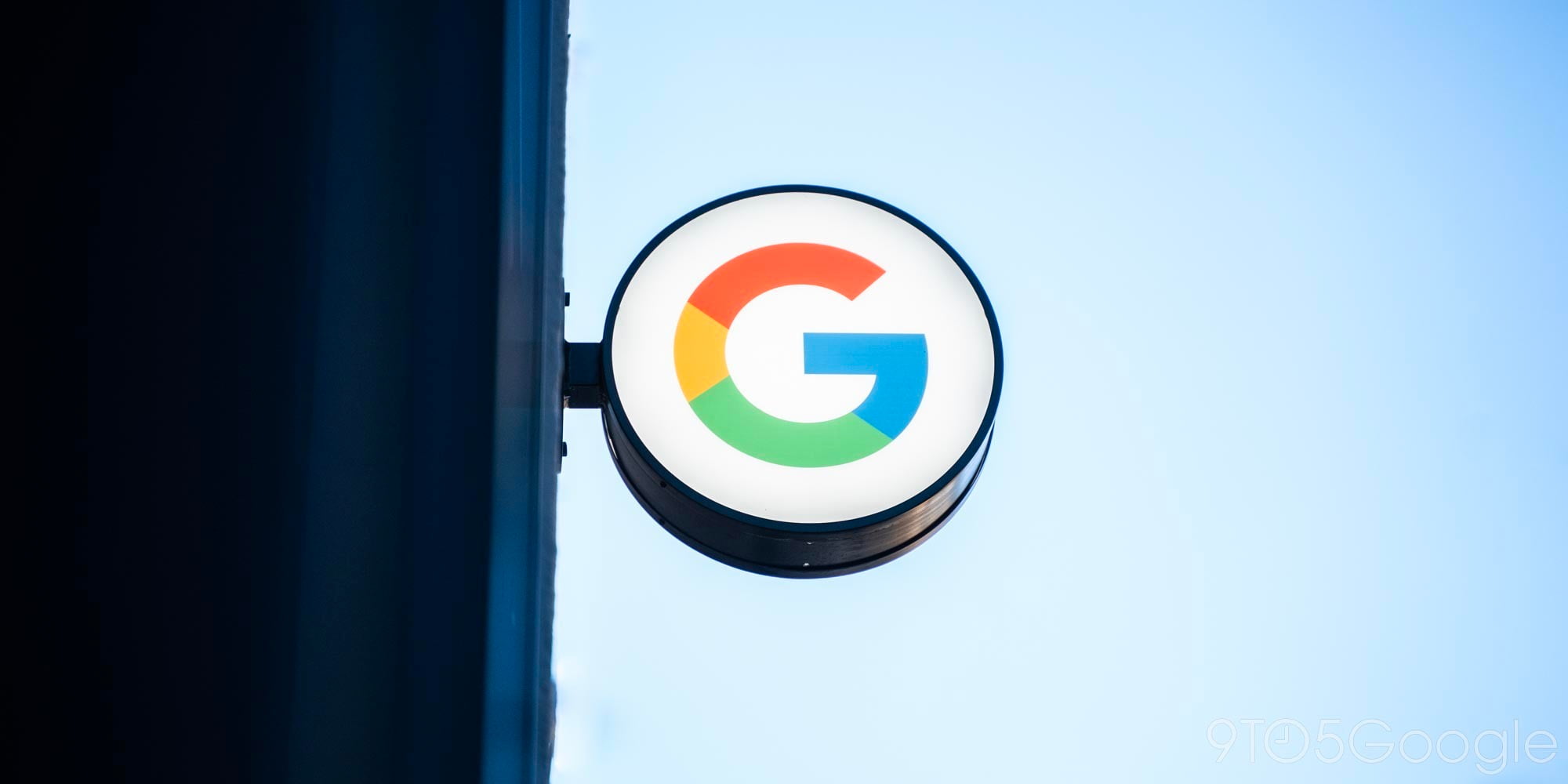
Google is building three new under-sea fiber-optic cables, adding to the eight that it already helped construct. The latest ones will connect areas as far apart as the Pacific and the North Sea, and will be used to speed up data transfers as well as provide alternative routings in case of failures elsewhere.
The company said that the new cables would cost hundreds of millions of dollars and take more than a year to install, and it would really prefer not to do it …
Google’s VP of cloud services told the WSJ that it had no choice if it wanted faster links to regions not currently well served by data connections.
“I would prefer not to have to be in the cable-building consortium business,” said Ben Treynor, vice president of Google’s cloud platform, but when the company looked at ways to push its cloud business past new frontiers like Australia and South America, “there weren’t a lot of great options.”
Google was one of the consortium members behind a 28Tbps undersea fiber link built in 2013 to connect China, Hong Kong, the Philippines, Singapore and Brunei with Japan. The following year, it again partnered with other companies on a trans-Pacific cable system between the US and Japan. When completed, the 6,000-mile cable offered speeds of 60Tbps.
Boosting Google’s cloud prospects
Altogether, Google-owned infrastructure handles around 25% of the world’s internet traffic, but in cloud computing the company remains in third place behind Amazon and Microsoft.
Google said the investments could cost hundreds of millions of dollars but are worth the expense to get a better shot at the multibillion-dollar cloud-computing market.
The three new cable systems are:
- A 2,400-mile connection from Hong Kong to Guam
- A 4,500-mile link between the East Coast of the USA to Ireland and then Denmark
- A 6,200-mile cable from LA to Chile
Photo: UNI
Check out 9to5Google on YouTube for more Google & Android news:
FTC: We use income earning auto affiliate links. More.




Comments